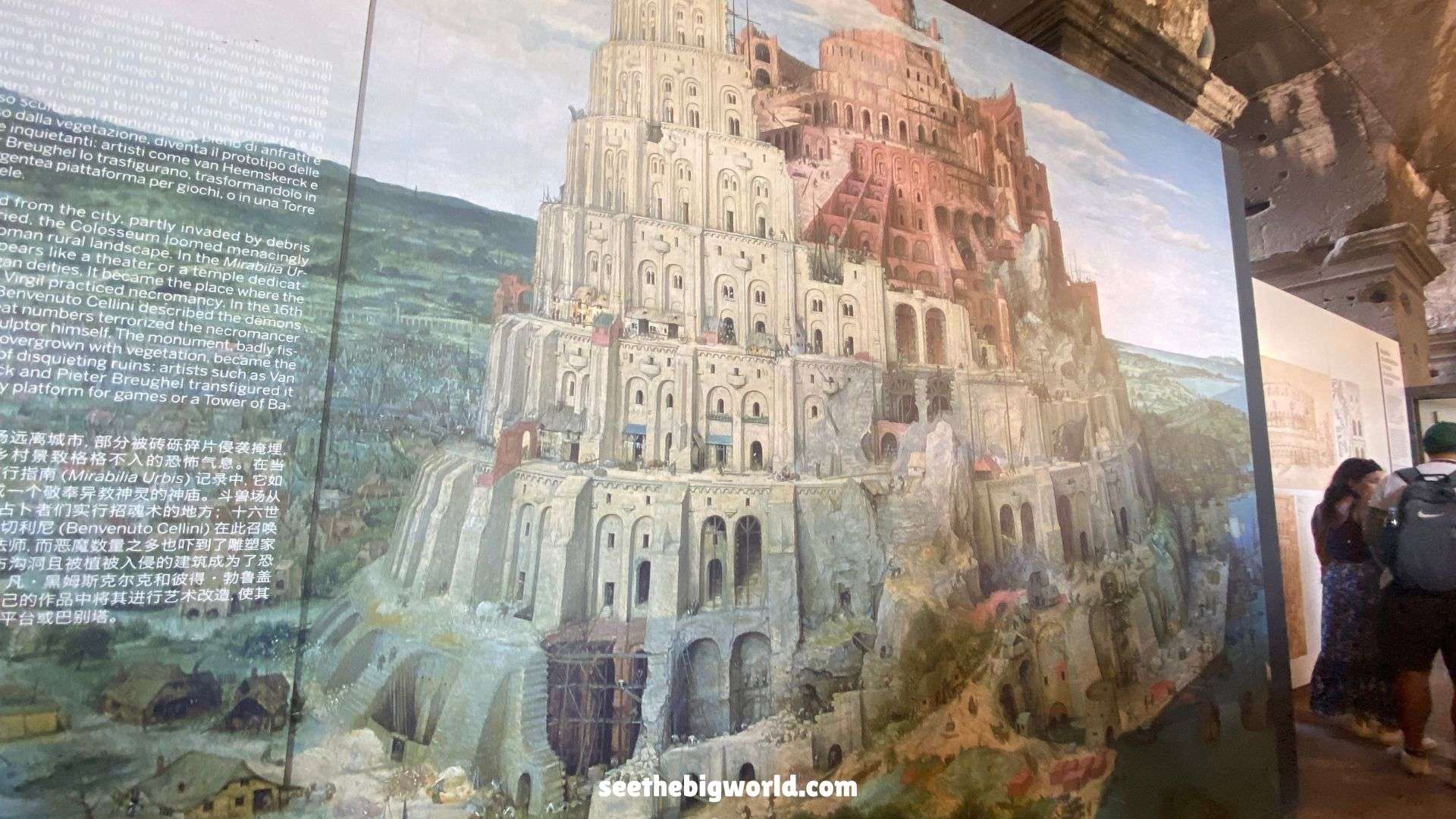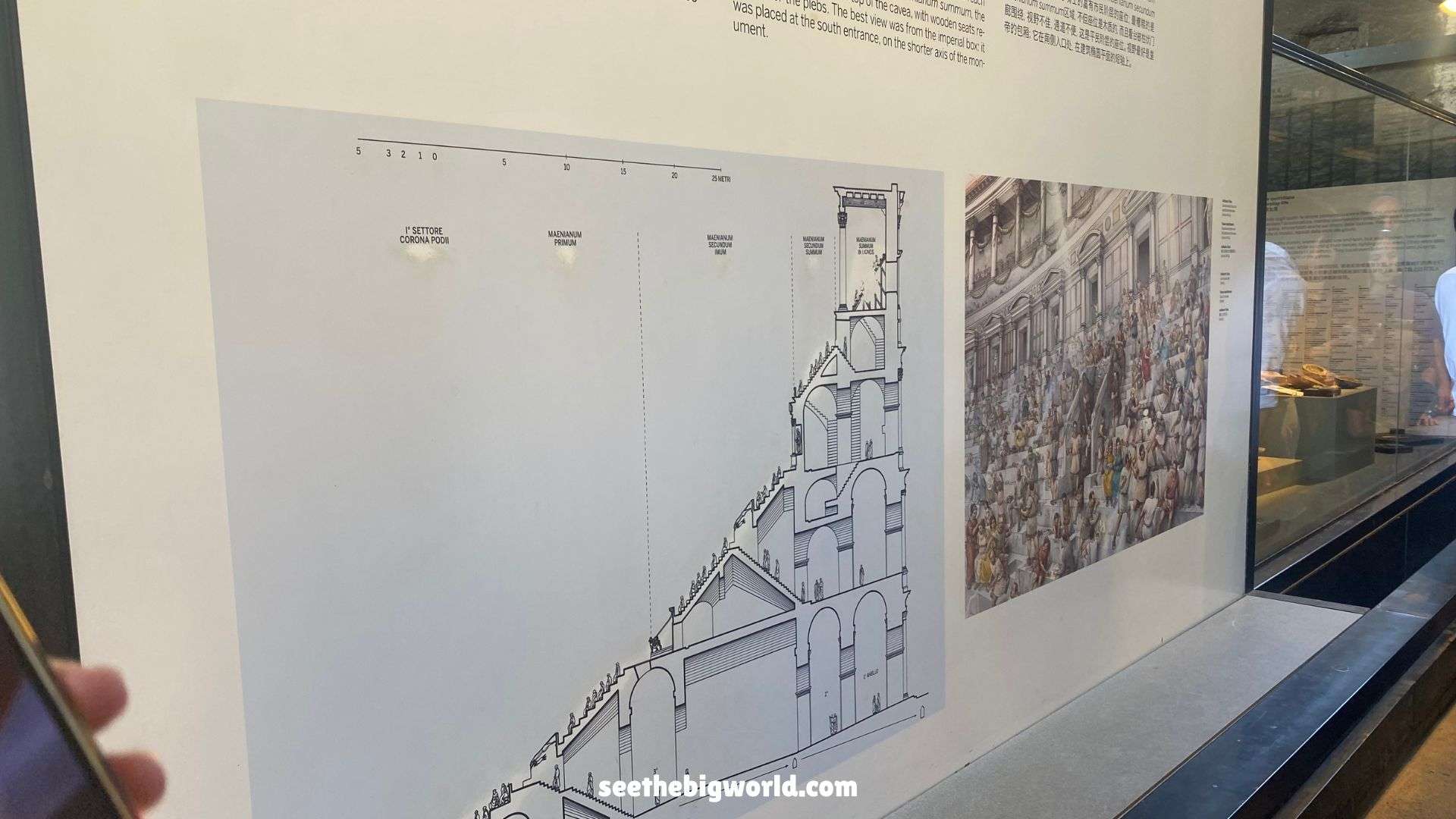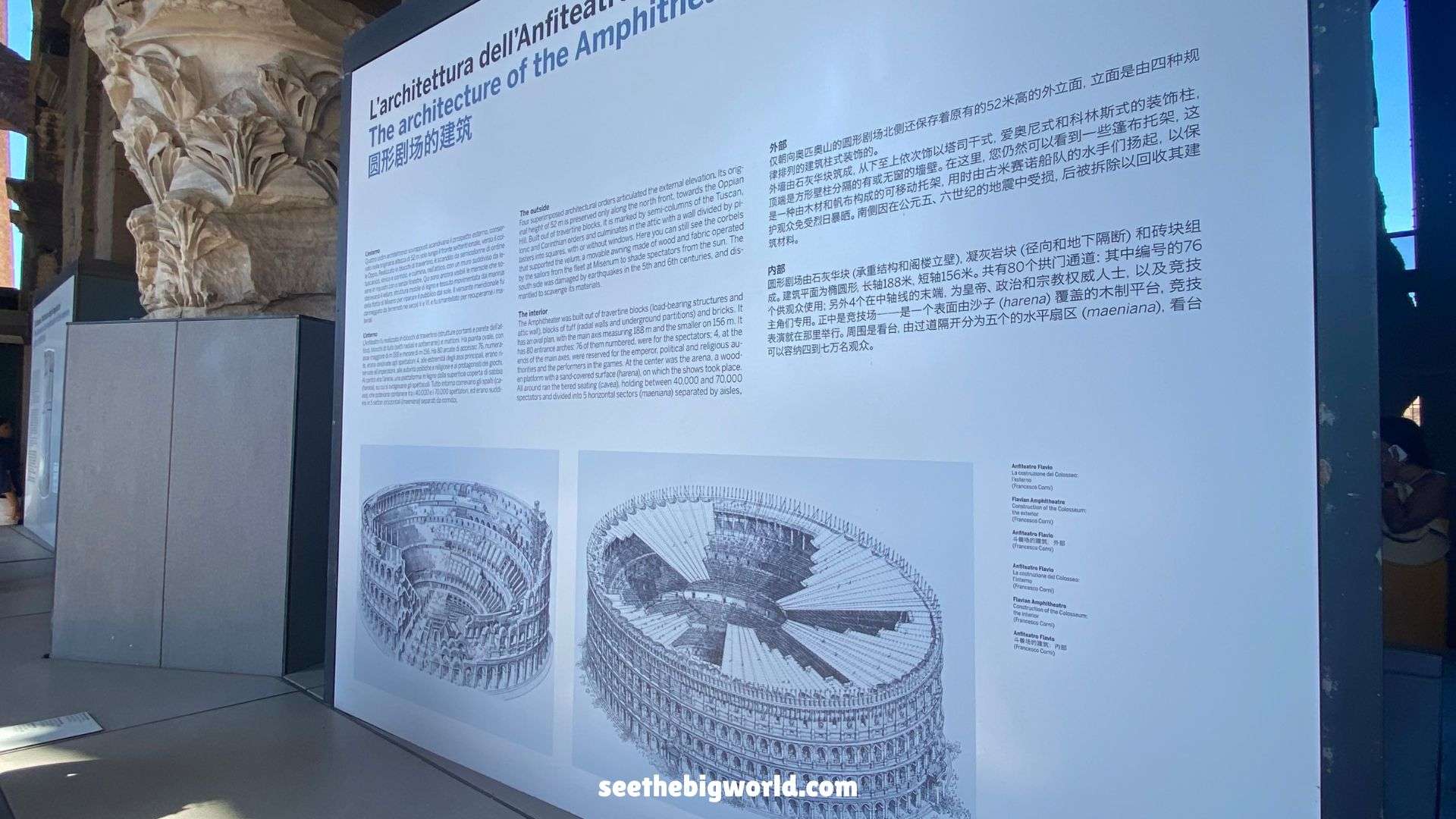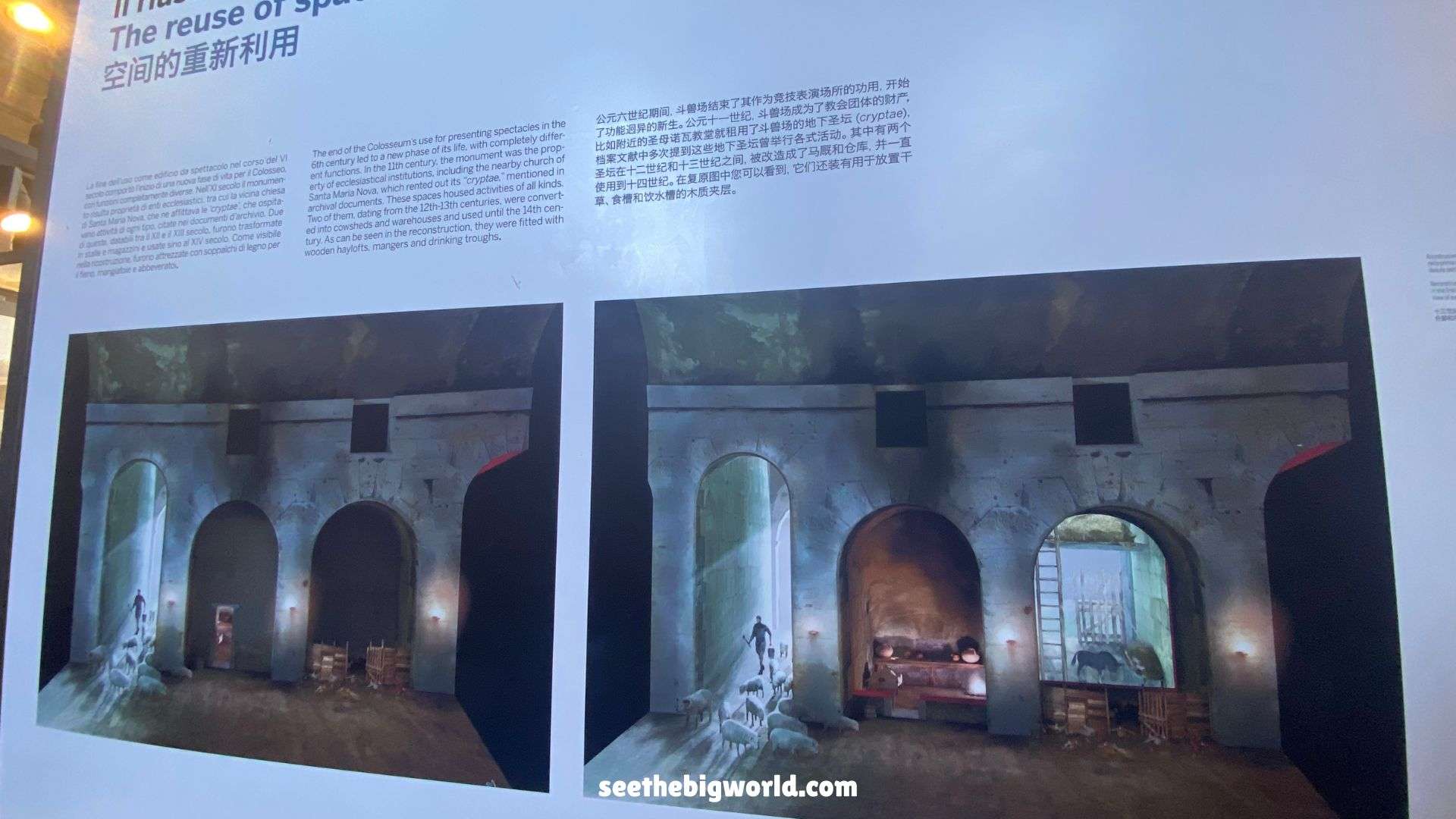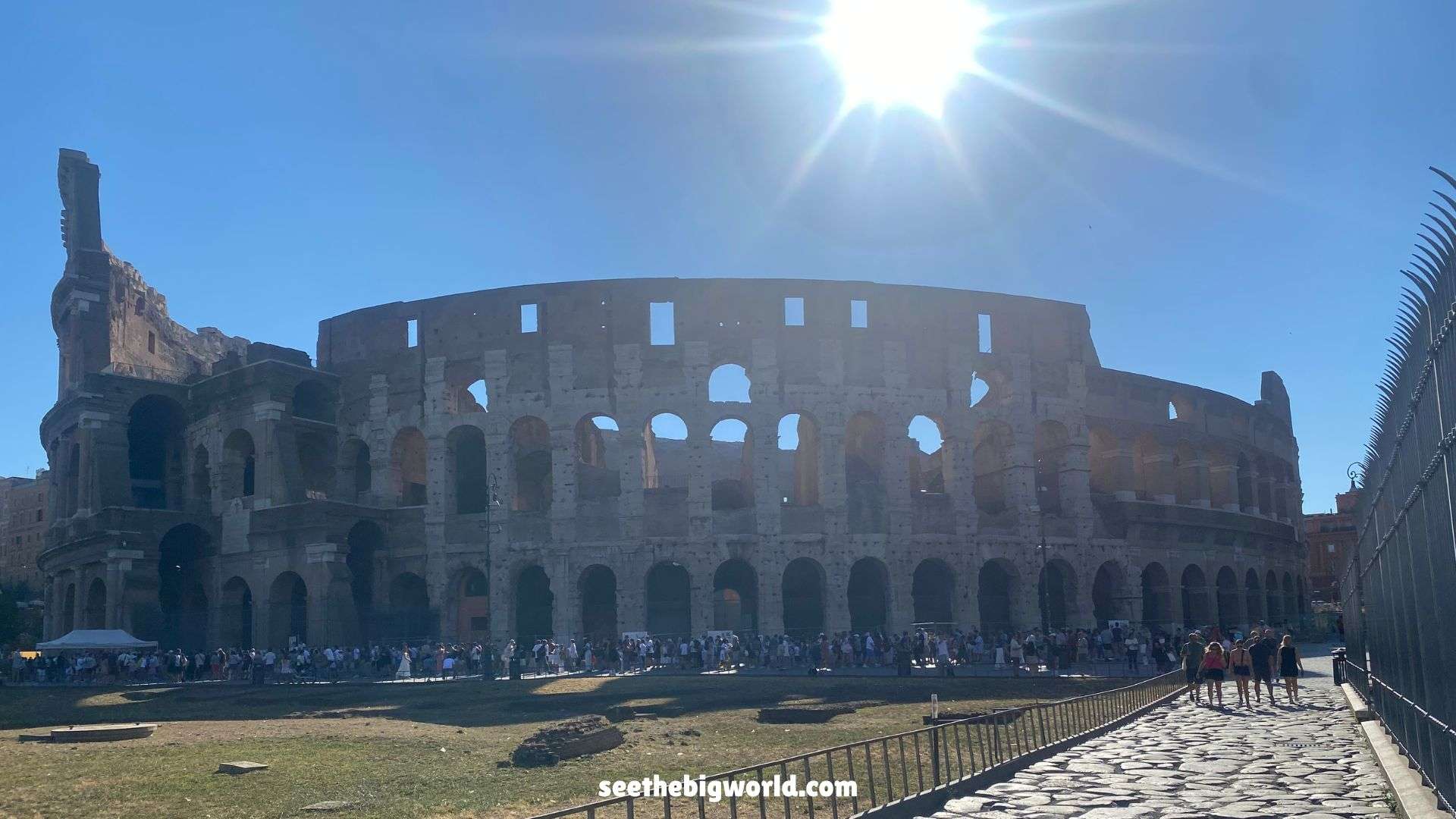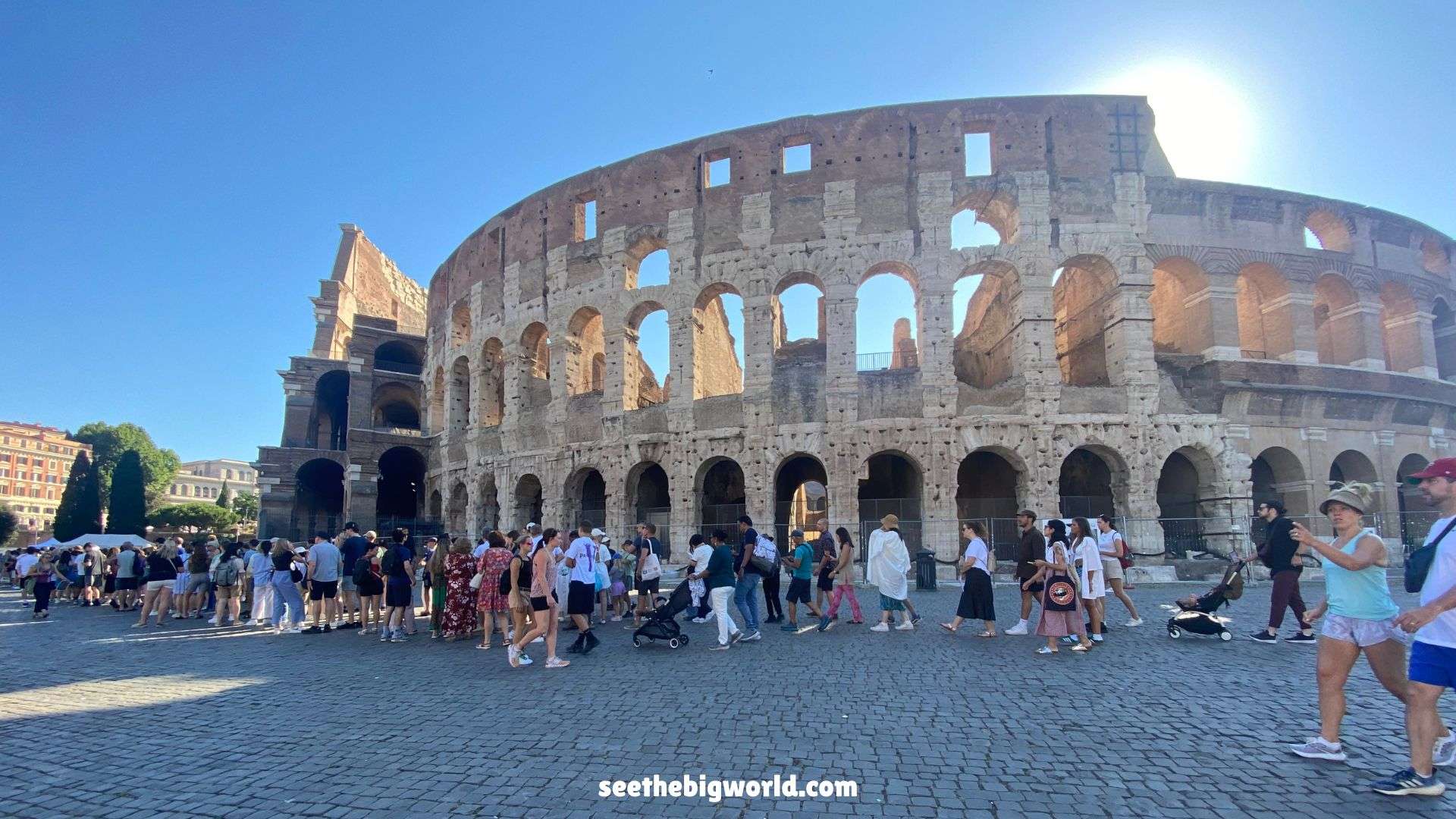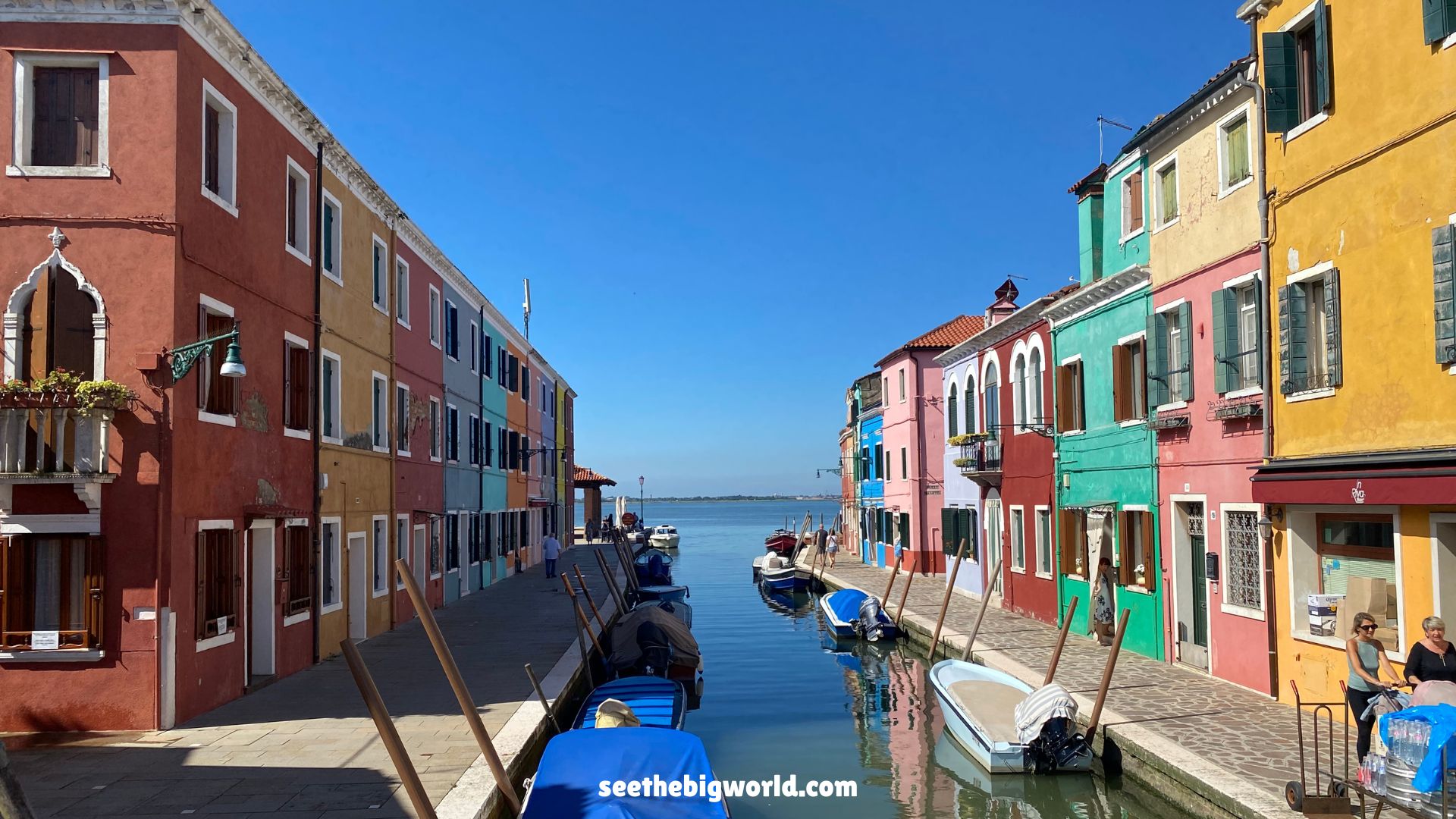Updated on 25/11/2025 | Published on 31/12/2024
Colosseum Review - The Colosseum in Rome, Italy, is one of the most iconic historical landmarks in the world and a celebrated member of the New Seven Wonders of the World. It is a must-visit attraction for first-time travellers to Rome. This article shares my personal experience and provides an overview of the Colosseum’s historical background, key highlights, best visiting times, ticket information, and transportation tips.
Read Before Your Trip
City Guides:Rome|Milan|Florence|Venice|Cinque Terre
Rome Articles:Colosseum|Pantheon|Spanish Steps|Trevi Fountain|Vatican Museums|St. Peter’s Basilica
Milan Articles:Duomo di Milano|Galleria Vittorio Emanuele II|The Last Supper
Passes:Euro Train Pass|Roma Pass|Omnia Card
Colosseum:Get Your Guide|KLOOK
Vatican Museums:Get Your Guide|KLOOK
Duomo di Milano:Get Your Guide|KLOOK
Florence Cathedral:Get Your Guide|KLOOK
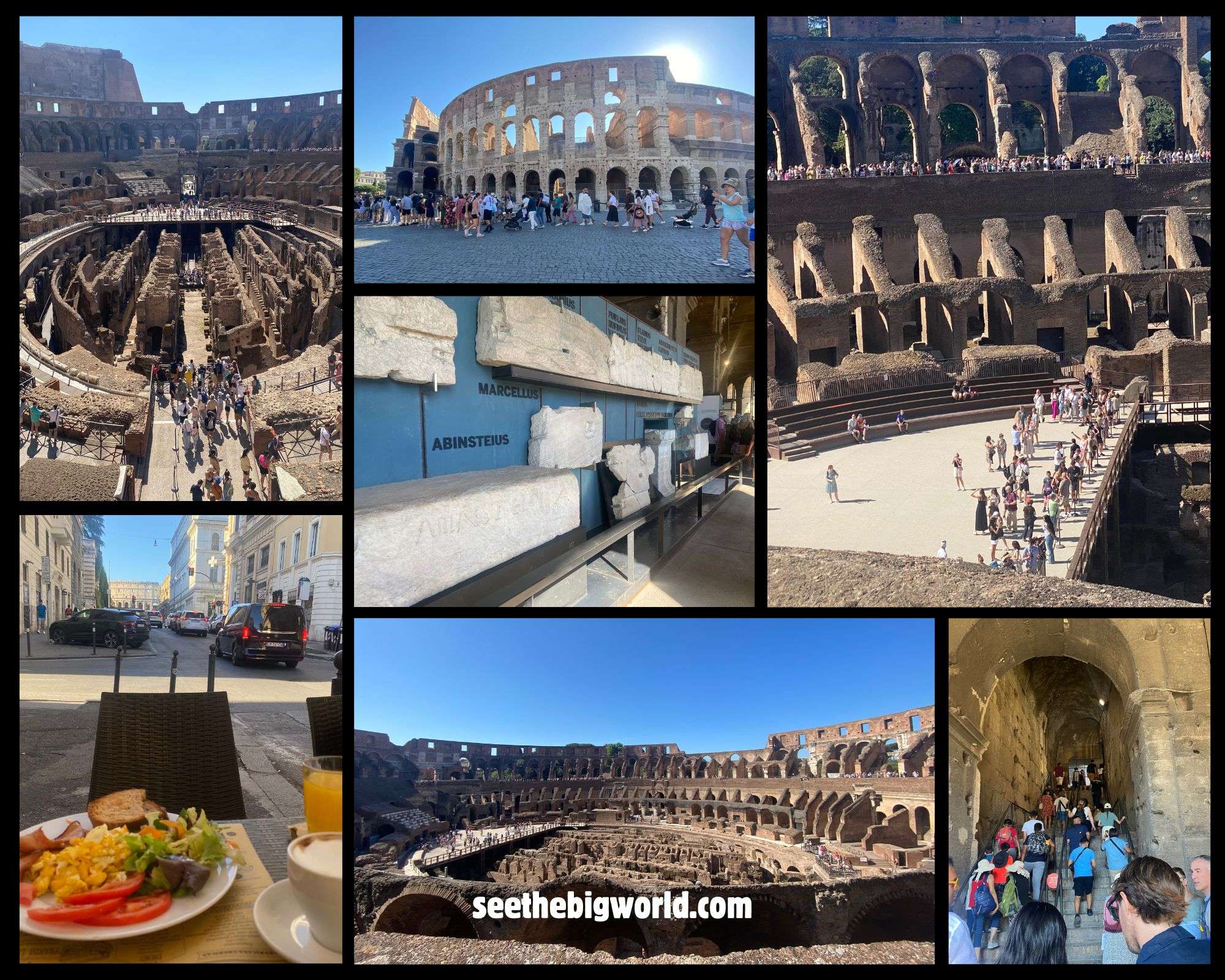
Why Should You Visit Colosseum? (History and Features)
The Colosseum, built between 70 and 80 AD, is one of Rome’s most iconic historical landmarks and a masterpiece of ancient Roman engineering. This amphitheatre once hosted gladiator battles, wild animal hunts, and public executions. While the wooden stage in the centre has eroded over time, the underground passageways used for animals and performers remain visible, offering a glimpse into its fascinating past.
The Colosseum was more than just an arena for entertainment, it was also a stage for imperial politics. Emperors used free gladiatorial games and lavish shows to appease the public and reinforce their rule. This practice, later described as “Bread and Circuses”, became a symbol of how spectacle and distraction shaped Roman society.
As one of the Seven Wonders of the World, its sheer scale and architectural ingenuity are truly breathtaking, transporting you back to the ancient Roman era thousands of years ago.
Colosseum Visit Info
How to Get to Colosseum?
- The Colosseum is conveniently located in the heart of Rome. You can take Metro Line B to Colosseo station, and it’s just a short walk from there.
- Google Maps Link
Opening Hours
- Daily from 08:30 to 19:00 (last entry at 18:00)
Tickets / Tours
Best Time to Visit
- The best time to visit is early in the morning or late in the afternoon to avoid peak crowds and the midday heat.
Time Spent
- A typical visit takes around 1.5 to 2 hours for a relaxed exploration. If you plan to delve deeper into the historical context and visit the underground area, allow extra time for a more comprehensive experience.
Are Backpacks Allowed?
- Large backpacks and luggage are prohibited inside the Colosseum. Visitors are advised to bring only small backpacks or handbags.
Is It Suitable for Children, Pregnant Visitors, or the Elderly?
- The Colosseum is equipped with accessible facilities, making it suitable for visitors of all ages. However, for those with young children or elderly companions, it is recommended to avoid peak hours to ensure a more comfortable visit.
Nearby Attraction(s)
- Roman Forum:Located right next to the Colosseum, the Roman Forum was the political and social hub of ancient Rome. It is home to numerous ancient temples, squares, and ruins, offering a fascinating insight into Roman history.
- Palatine Hill:One of Rome’s seven hills and the birthplace of the Roman Empire, Palatine Hill features stunning gardens and ancient palace ruins. It also provides excellent views of the Forum and surrounding areas.
Colosseum Visiting Experience (Personal Insights)
- Rating:🌎🌎🌎🌎🌎|A must-see attraction for first-time visitors to Rome.
- Time Spent:2 Hours
The area surrounding the Colosseum is paved with cobblestones, and under the scorching sun, there’s little to no shade. Make sure to wear comfortable shoes and apply sunscreen!
Outside the Colosseum, you’ll find several water fountains where you can refill your bottle for free – some even offer sparkling water! It was so hot during my visit that I completely forgot to take photos of the fountains. If one bottle isn’t enough, don’t worry; there are vending machines inside where you can buy more. I ended up finishing my first bottle, buying another inside, and refilling it again at the fountains on my way out. Staying hydrated in the heat is an absolute must!
Since the ticket includes access to the Colosseum, Palatine Hill, and the Roman Forum, it’s impossible to explore everything in one go. I recommend taking a break at a nearby café for a light meal around midday and resuming your visit to Palatine Hill and the Roman Forum later in the afternoon, once the sun isn’t as harsh.
Highlights of Colosseum (Multiple Images)
1. Exterior Structure and Materials
The Colosseum is renowned for its imposing exterior and advanced construction techniques, built primarily with limestone, concrete, and marble. However, its surface is now marked with numerous holes, not solely due to natural erosion but largely from historical material scavenging.
During the Middle Ages and the Renaissance, much of its stone and metal components were removed and repurposed for other structures, such as churches, palaces, and city walls. This practice, known as “spolia,” has left visible scars on the Colosseum, serving as a testament to Rome’s evolving urban history and cultural legacy.
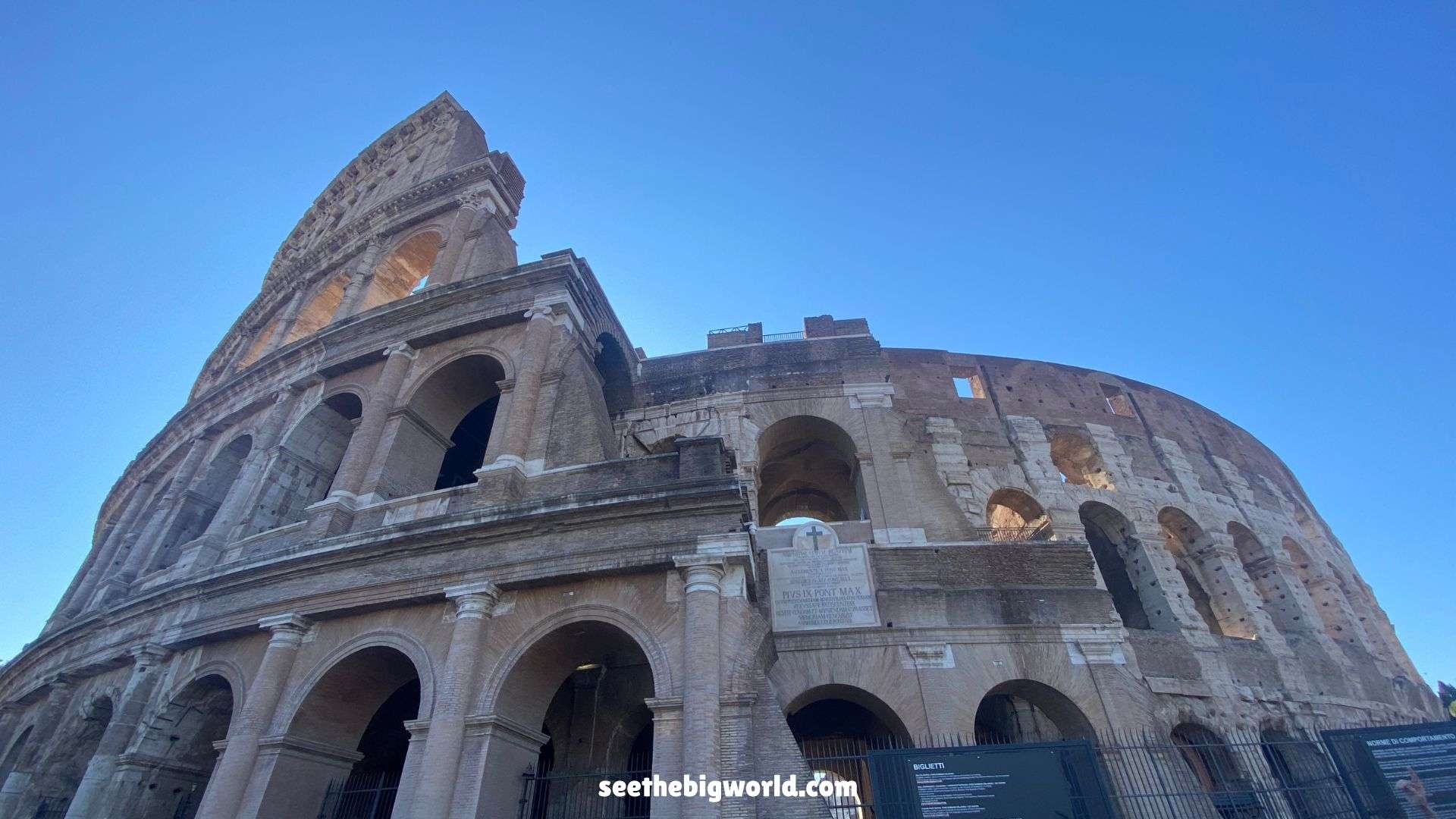
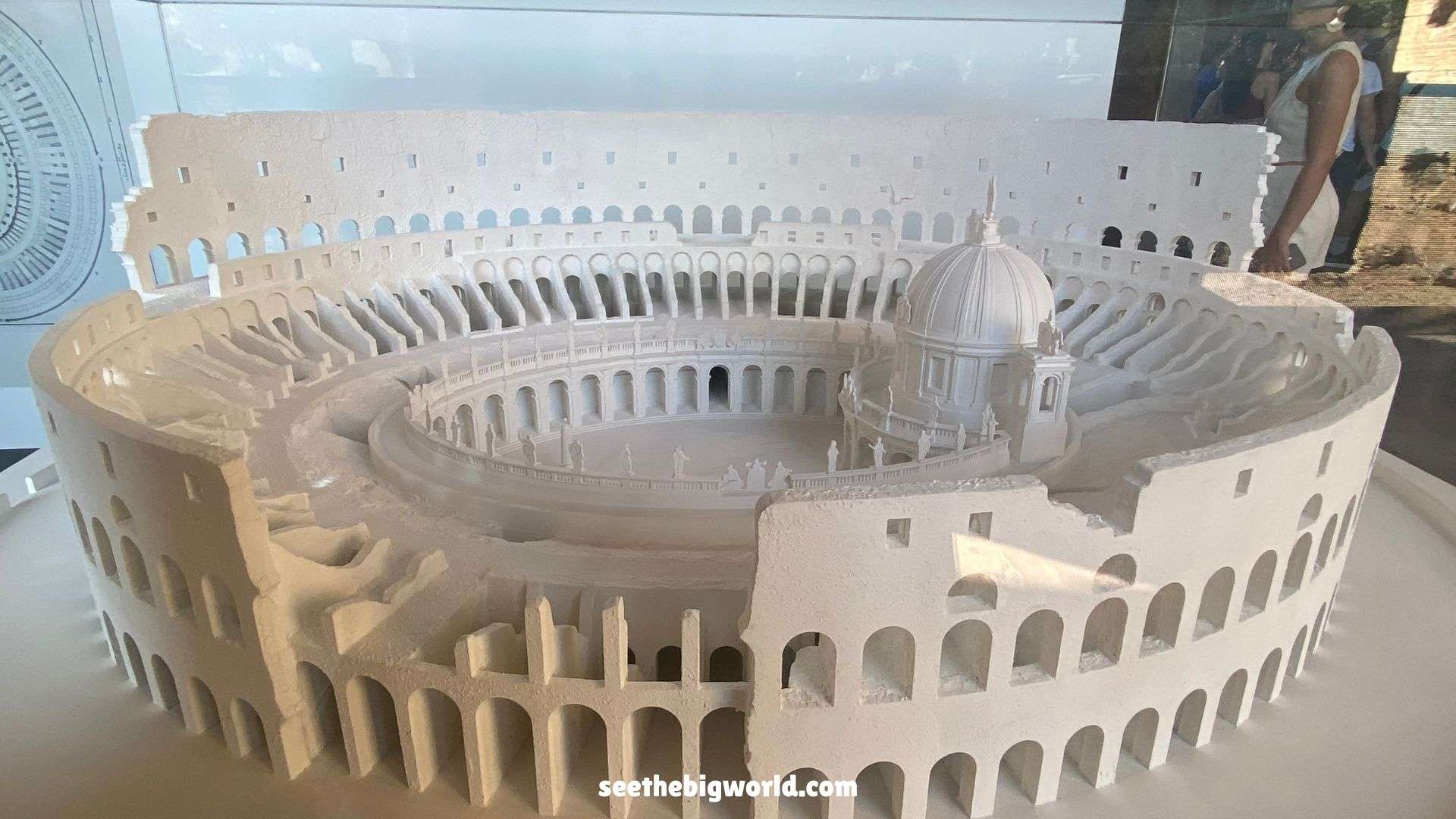
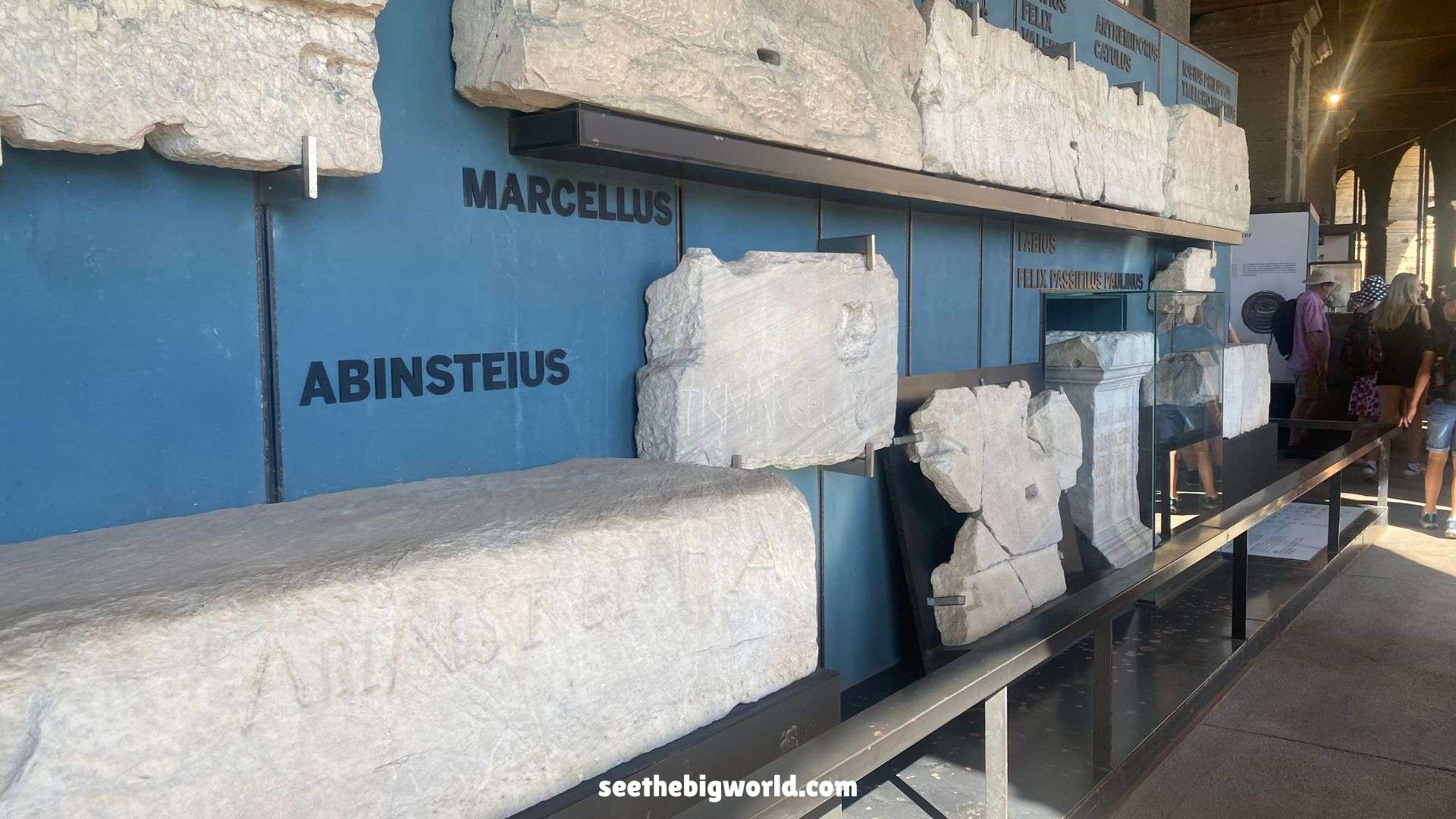
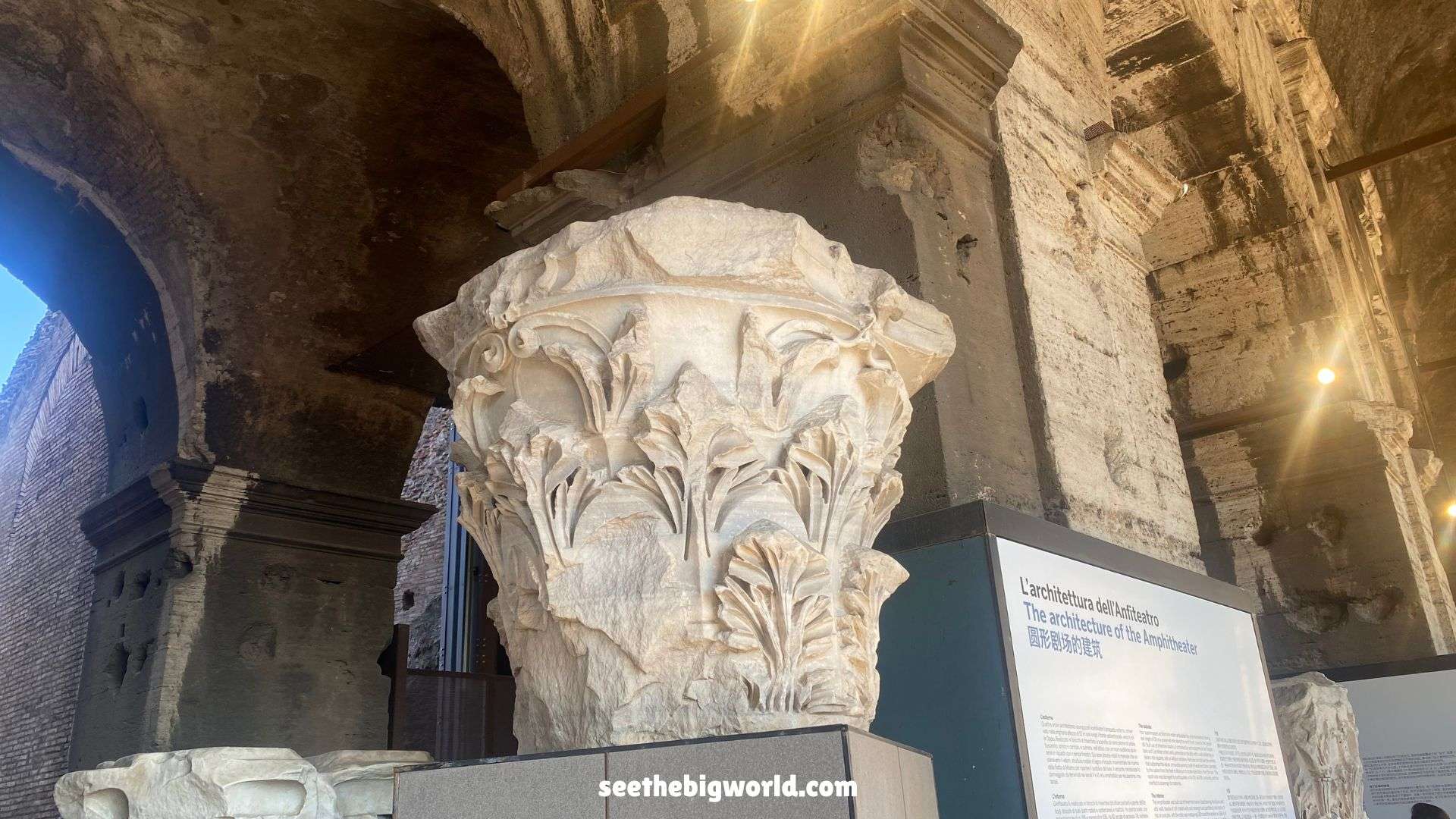
2. Second-Tier Viewing Area
The second tier offers a comprehensive view of the Colosseum, once reserved for the affluent and influential members of Roman society. Visitors can walk around the entire arena from this level, experiencing the vantage point of ancient spectators who enjoyed prime views of the events below.
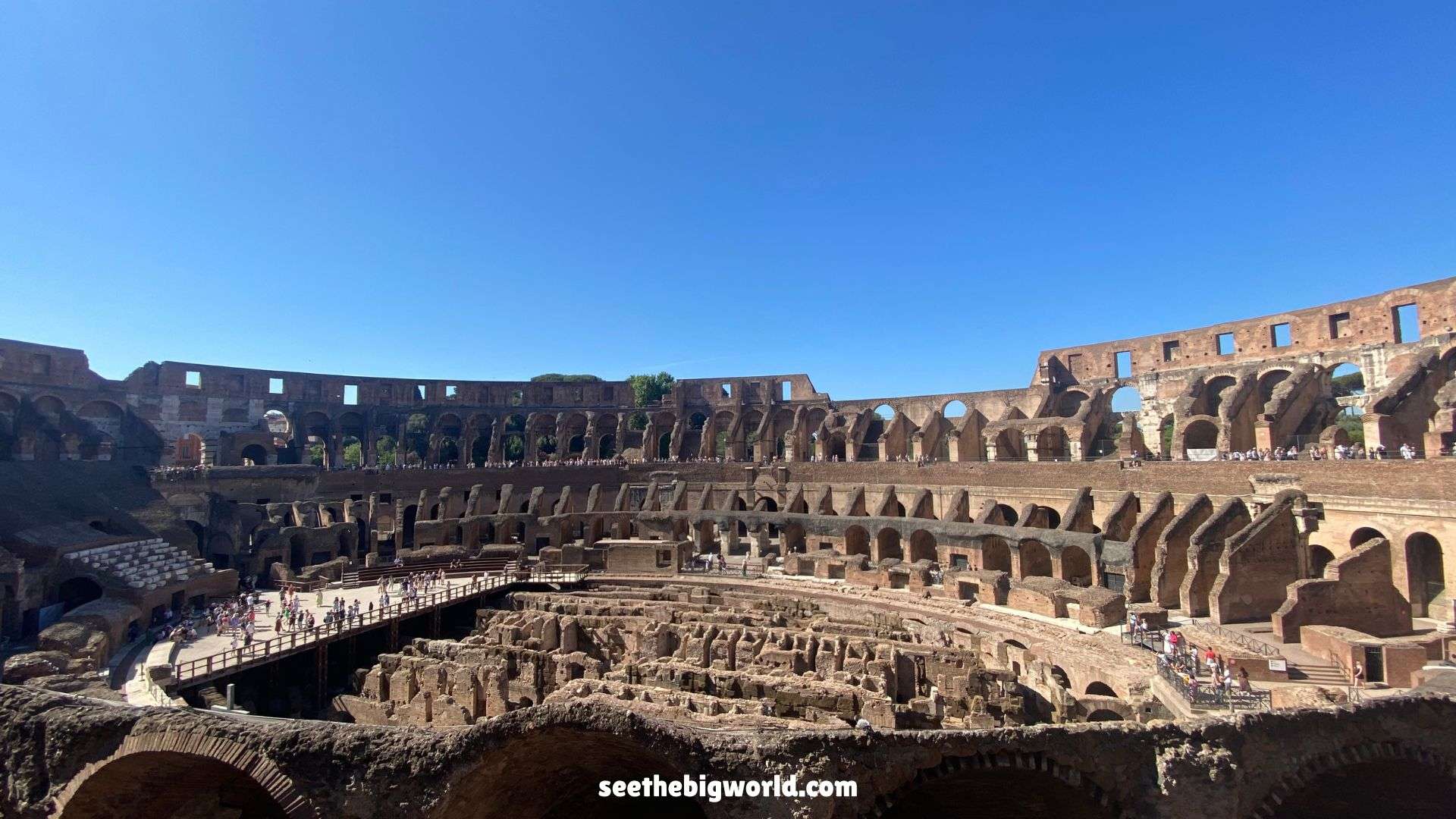
3. Underground
The underground section is one of the most fascinating and sought-after areas of the Colosseum. This hidden world once housed wild animals and served as the backstage for gladiators preparing for combat. It features intricate mechanisms, including elevators used to bring animals and gladiators to the central stage, showcasing the Romans’ remarkable engineering skills.
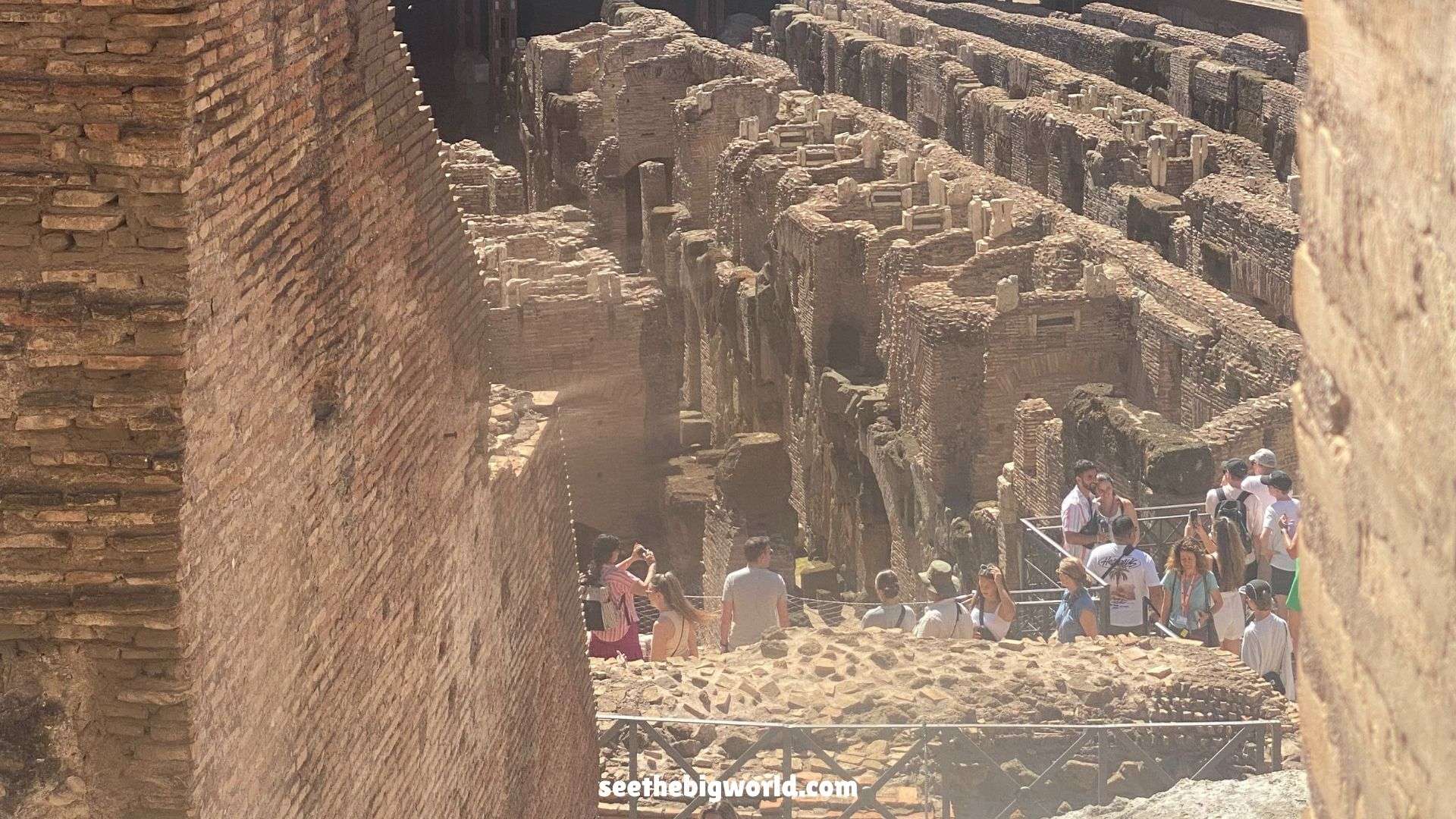
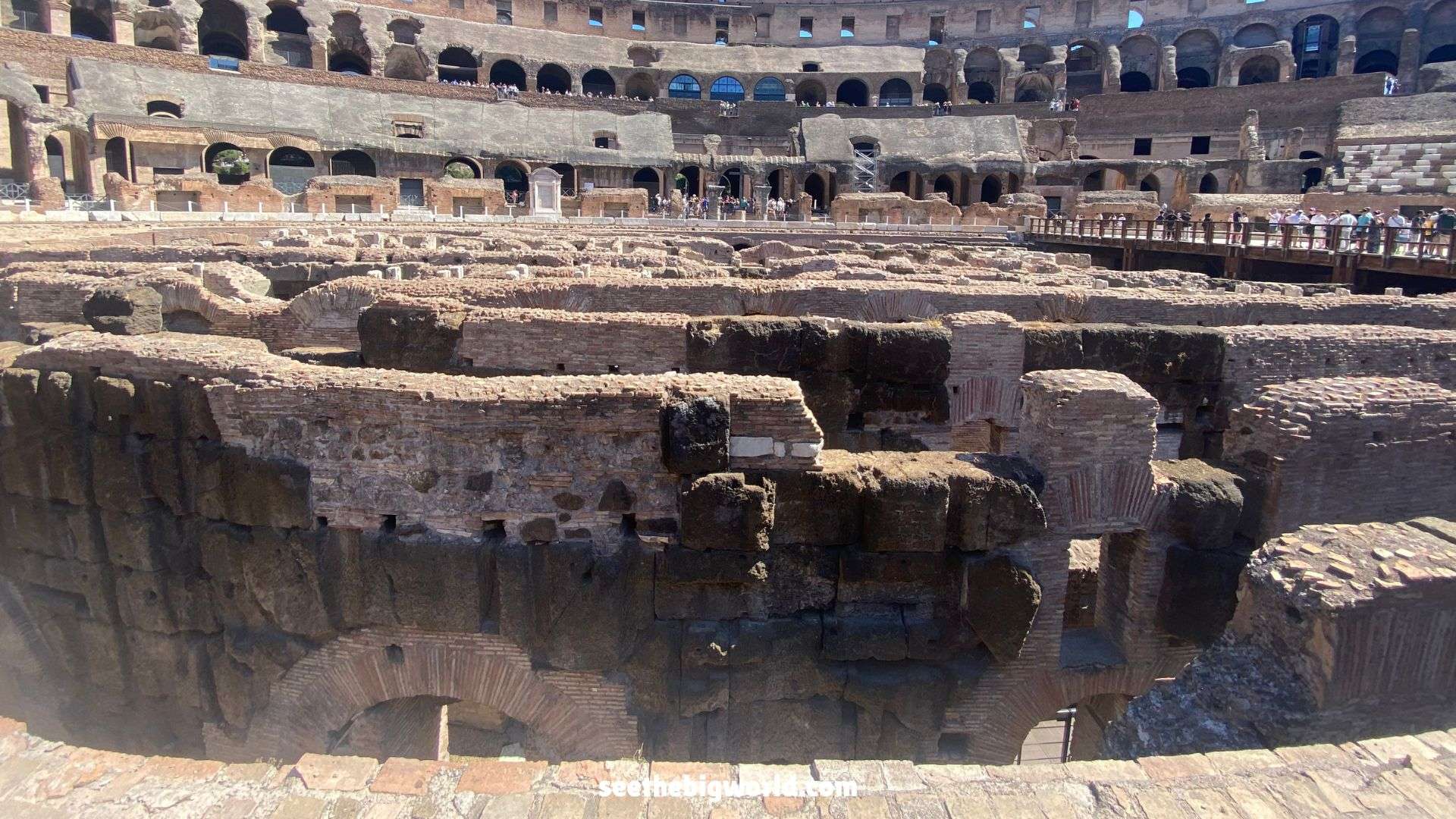
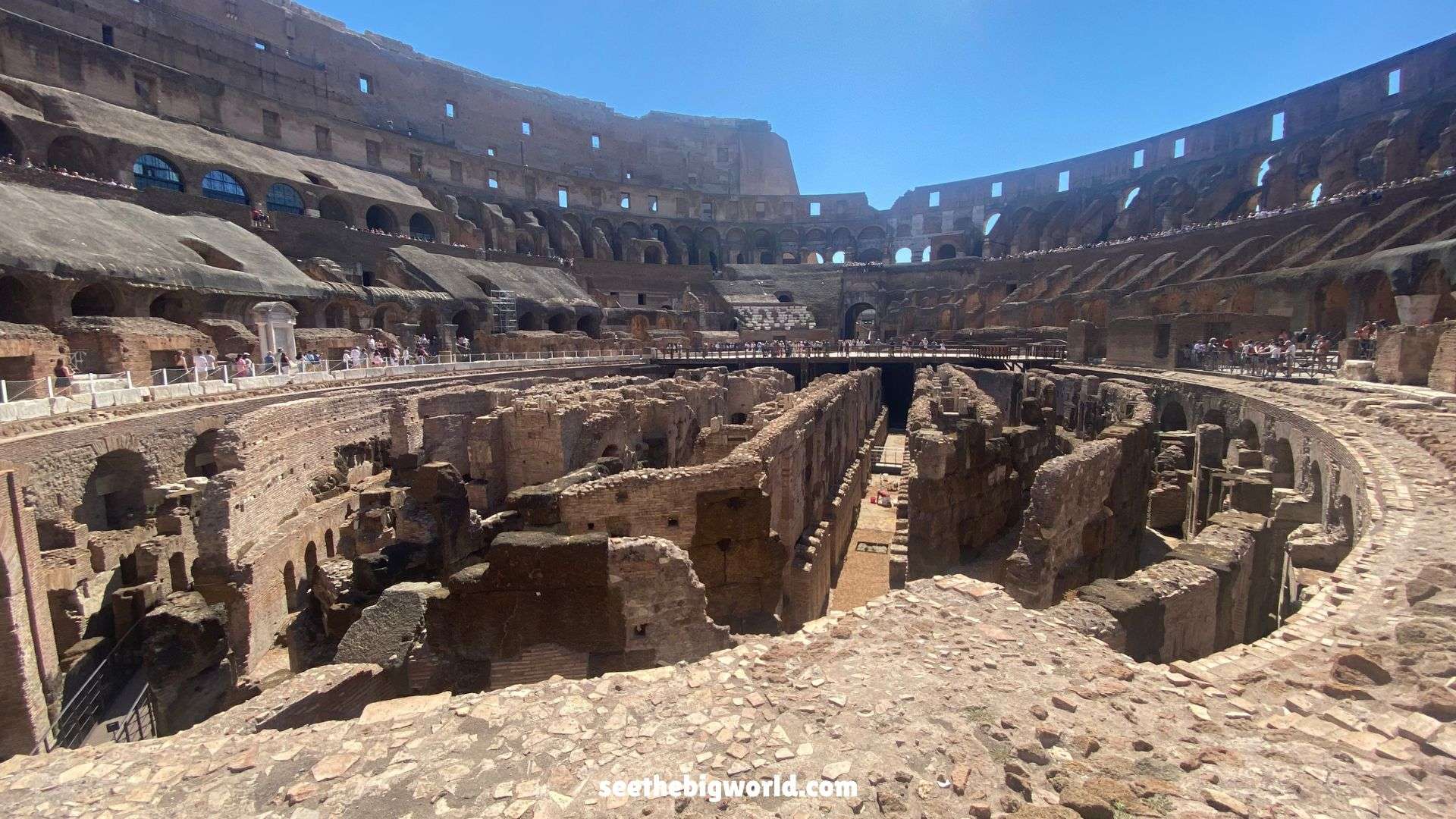
4. Arena Floor
The arena floor offers a unique, immersive experience, placing visitors at the centre of the action as it would have been in ancient Rome. From here, you can gaze up at the towering structure surrounding you and look down on the underground tunnels, gaining an extraordinary perspective on the Colosseum’s scale and design.
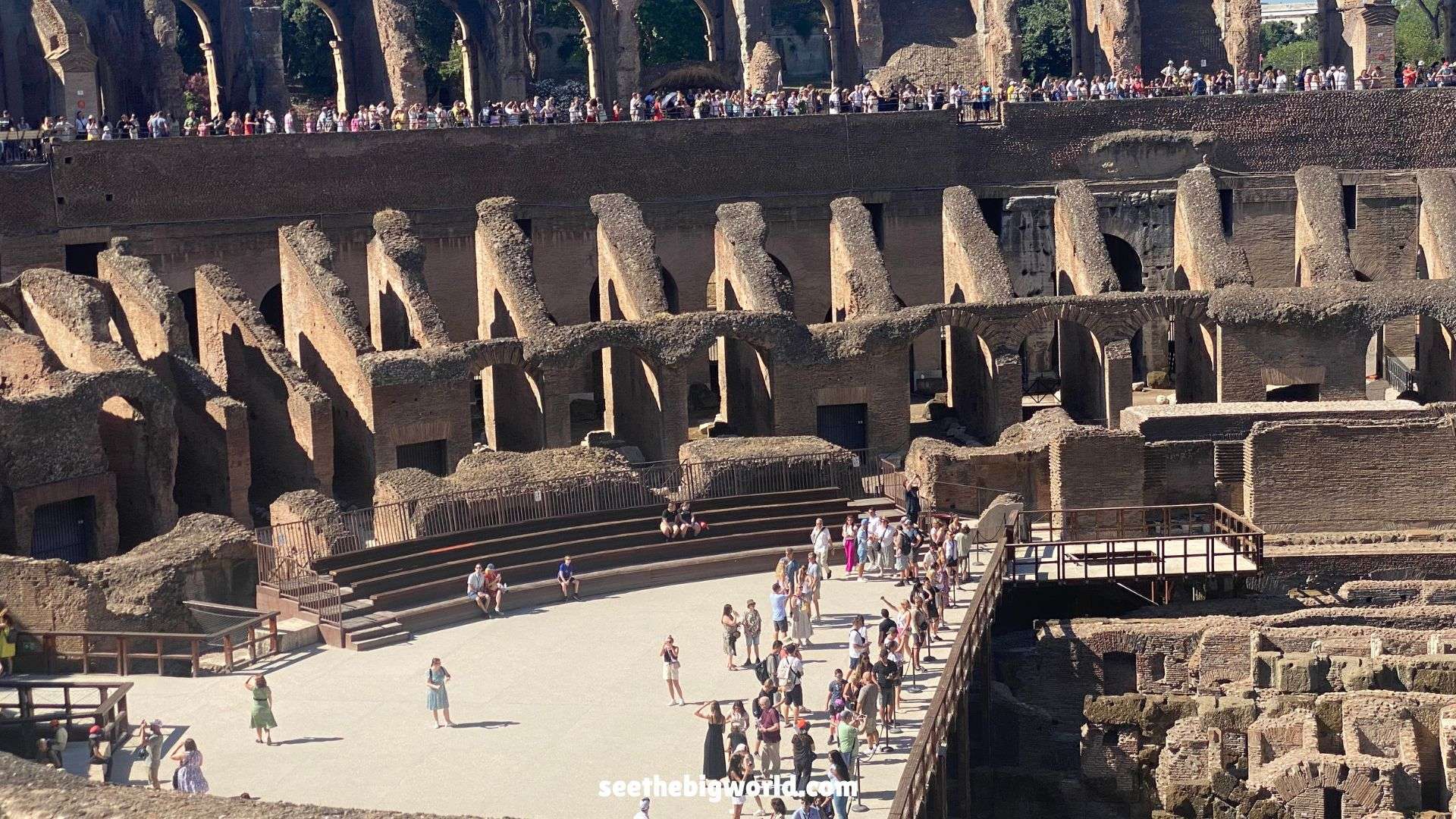
5. Top-Tier (Attico)
Accessed by elevator, the attic level provides breathtaking panoramic views of both the Colosseum and the city of Rome. As the highest point in the structure, this level offers unparalleled vistas and is frequently praised as a highlight of the visit, worth every moment and penny spent.
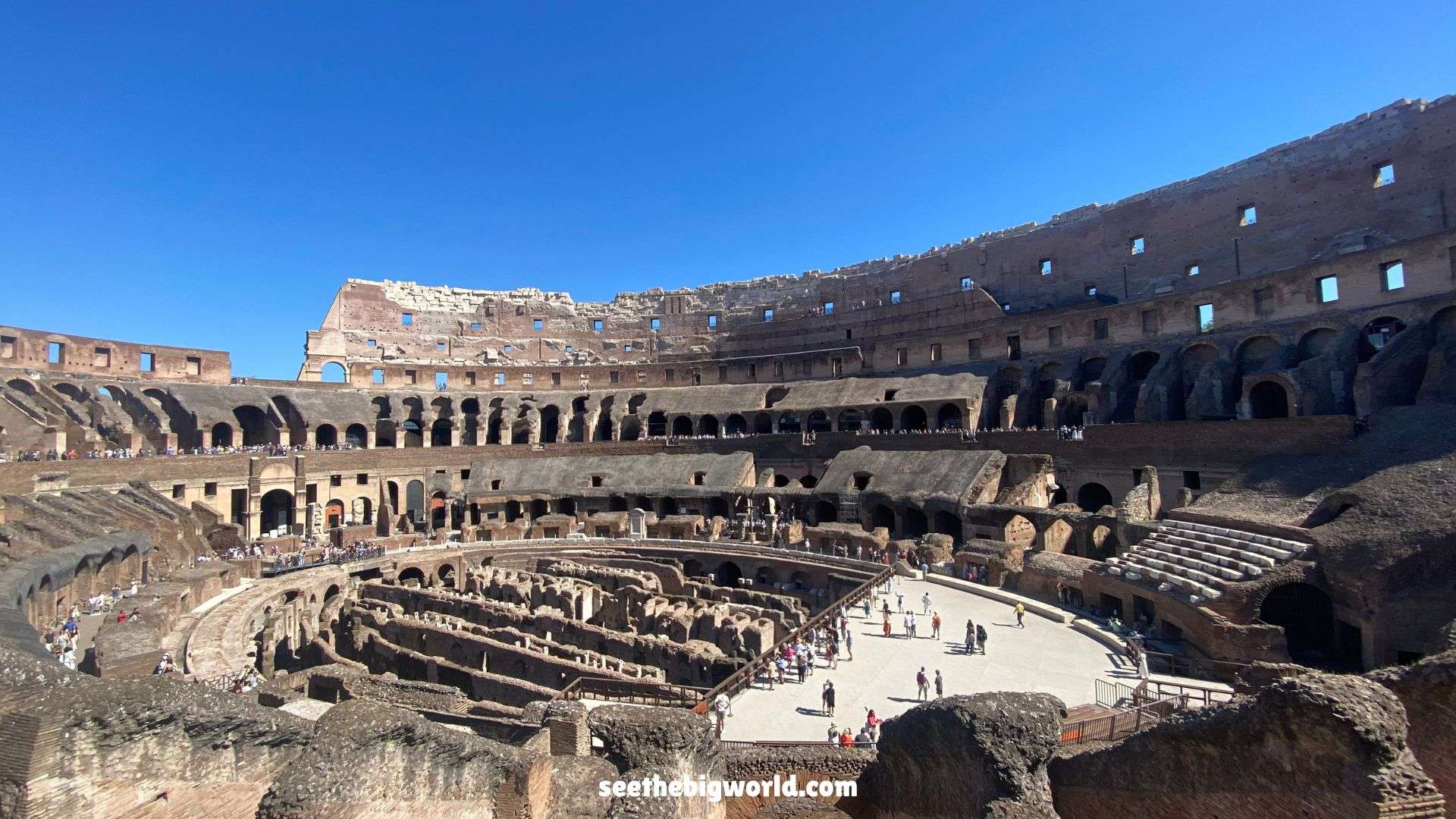
6. Exhibition Area
The second floor features an exhibition space showcasing artefacts and stories from the Colosseum’s past. Highlights include gladiatorial weapons, armour, and everyday objects from ancient Rome, providing deeper insights into the lives of those who once inhabited this iconic site.
